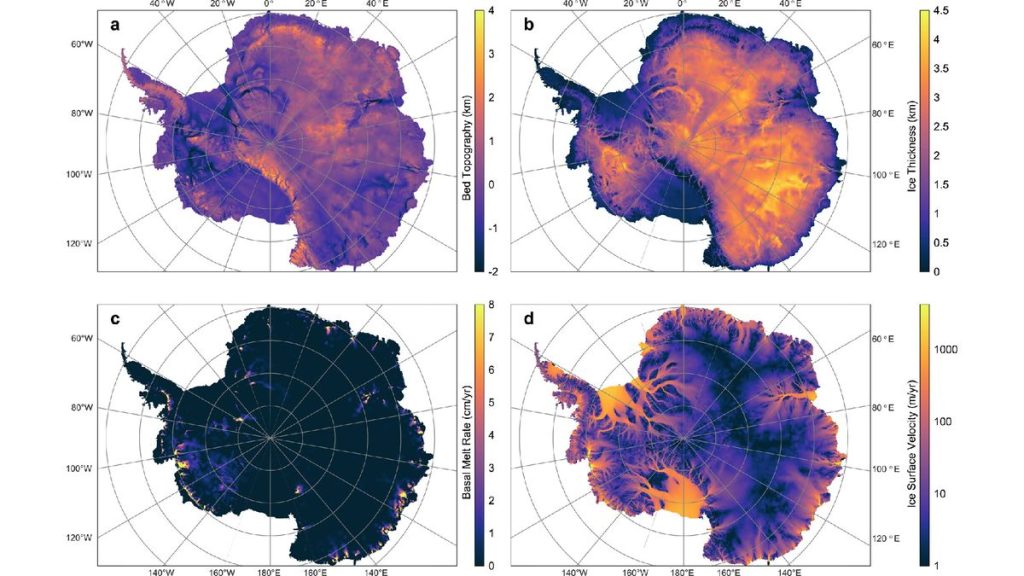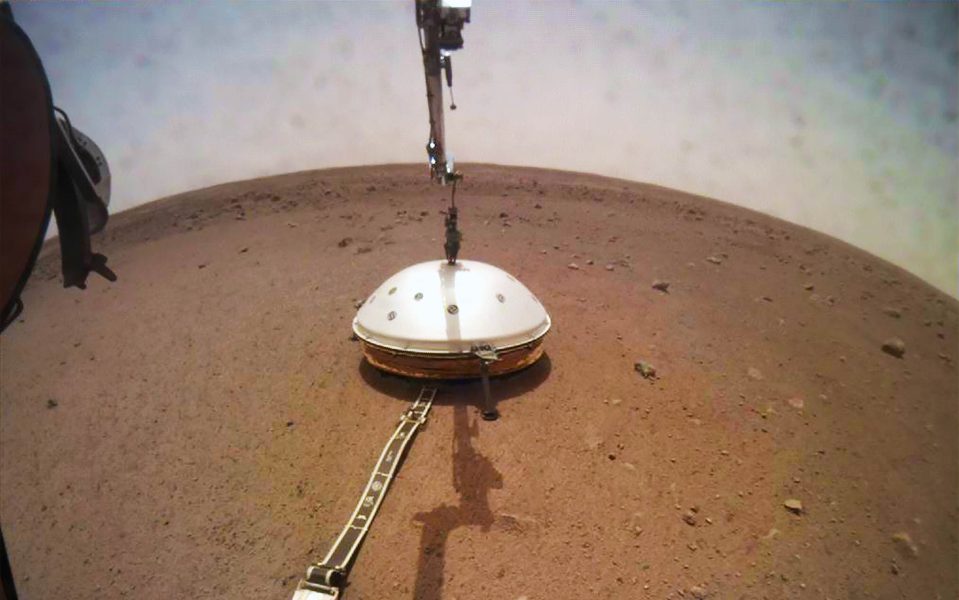Scientists discover hidden ‘plumbing’ that’s driving Antarctic ice sheet into the ocean – Livescience.com

No offers foundMaps created by combining different models of glaciers and ice sheets reveal the way water is flowing deep beneath Antarctica’s ice.
When you purchase through links on our site, we may earn an affiliate commission. Here’s how it works.
An extensive model of the Antarctic ice sheet is helping researchers peer deep beneath the ice to reveal the continent’s hidden plumbing.Scientists used computer models to predict how water flows under the entire Antarctic ice sheet, which dictates where and how quickly glaciers move toward the ocean. The findings, published Dec. 29, 2024 in the journal Geophysical Research Letters, will improve predictions of ice sheet stability and future sea level rise.Current models predict that ice melt from Antarctica could raise sea levels up to 12 inches (30 centimeters) by 2100. Some of this melt comes from ice sliding from the continent’s bedrock into the ocean. Liquid water beneath the ice sheet can lubricate the ice, similar to sliding a glass across a wet countertop.But the extent of this lubrication isn’t uniform across the ice sheet — it depends on the weight of the ice and the depth and pressure of the water beneath it. Understanding how these factors vary is important for accurately predicting how much ice will flow into the ocean, and how quickly it will move. While models of smaller individual areas account for the effects of water at the base of the ice sheet, the new study is the first to incorporate it for the whole continent.Related: Never-before-seen shapes up to 1,300 feet long discovered beneath Antarctic iceTo simulate how subglacial water affects glacier motion, the researchers combined two existing models: the Glacier Drainage System Model, which simulates the way water flows under ice sheets; and the Ice-sheet and Sea-level System Model, which predicts how the ice sheet will flow and change in response to various factors, such as temperature.The combined model “allows us to identify where water is underneath the ice, or model where the water would be underneath the ice, where it’s particularly thick and the pressures are high enough to enable the ice to slide and to flow faster,” Neil Ross, a geophysicist at Newcastle University in the U.K. who was not involved in the new study, told Live Science.Get the world’s most fascinating discoveries delivered straight to your inbox.The researchers modeled the effective pressure at the base of the ice — the difference between the weight of the ice and the water pressure beneath it. “As that approaches zero, we’re approaching the situation where the ice is basically free, floating on the base of water,” Rupert Gladstone, a computational glaciologist at the University of Lapland in Finland who was not involved in the research, told Live Science.The model revealed that the lowest effective pressures are in the interior of the continent and beneath outlet glaciers along the edge of the ice sheet, meaning the ice flows fastest in these regions. Meanwhile, floating ice shelves around the edge of the continent slow ice flow into the ocean. If these ice shelves melt, more ice could flow from the bedrock into the ocean and contribute to sea level rise, the authors wrote.—How is the ocean melting Antarctica? We’re starting to figure it out—Antarctica ice melt could cause 100 hidden volcanoes to erupt—’Warm water’ from deep sea flowing towards one of Antarctica’s largest ice shelvesThe model also accurately predicted the locations of known subglacial lakes in western Antarctica. In addition, it predicted the locations of large channels beneath the ice where subglacial water flows into the ocean. Many of these locations align with areas of the ice shelf that are known to melt quickly, suggesting that fresh water entering the ocean from these channels impacts melt rates.Further studies in Antarctica could look for these features in areas predicted by the model. “It’s enabled us to identify where future field observations might be required,” Ross said. Field studies could help refine the model and help scientists better understand how subglacial water affects ice flow, Ross added.Skyler Ware is a freelance science journalist covering chemistry, biology, paleontology and Earth science. She was a 2023 AAAS Mass Media Science and Engineering Fellow at Science News. Her work has also appeared in Science News Explores, ZME Science and Chembites, among others. Skyler has a Ph.D. in chemistry from Caltech.Please logout and then login again, you will then be prompted to enter your display name.How is the ocean melting Antarctica? We’re starting to figure it out’Queen of icebergs’ A23a is barreling toward a remote South Atlantic island. Millions of animals could be at risk1,900-year-old Roman sanctuary and coin found in flooded Spanish cave
Livescience is part of Future US Inc, an international media group and leading digital publisher. Visit our corporate site.
©
Future US, Inc. Full 7th Floor, 130 West 42nd Street,
New York,
NY 10036.






